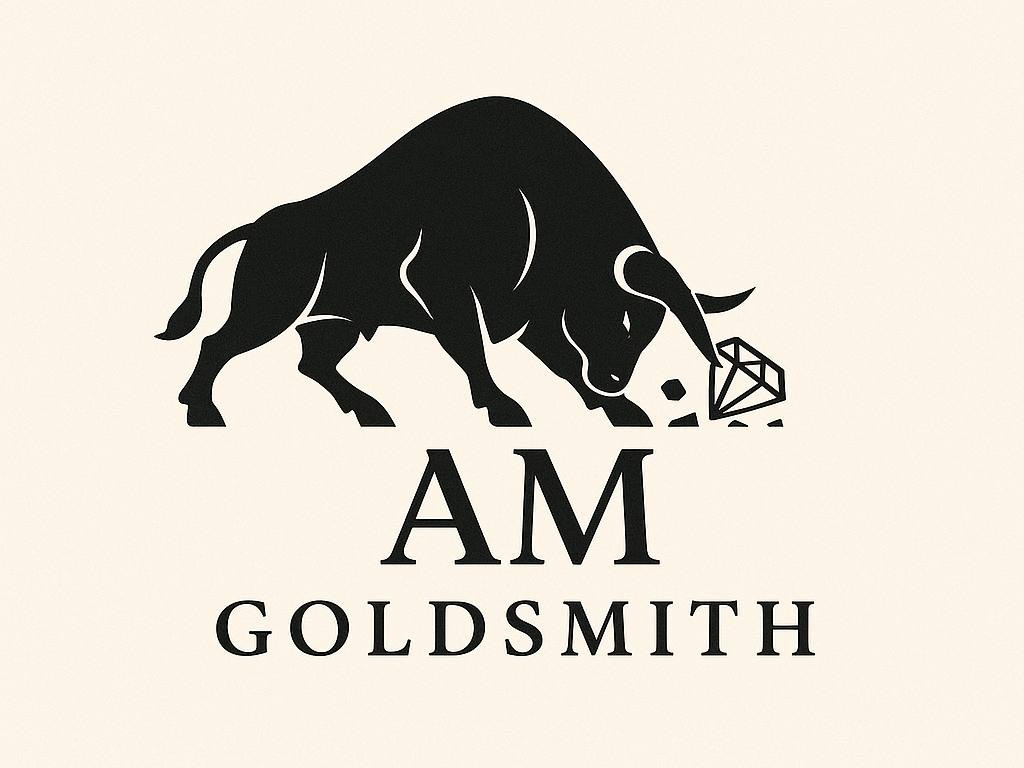The short answer is yes. In Canada, there is a broad category of non-prescription (over-the-counter, OTC) drugs that are sold without a doctor's prescription. However, their list, conditions of sale, and labeling are strictly regulated by Health Canada, and the range is significantly different from what we are used to in Ukraine or other CIS countries.
How the state distinguishes between drugs

- Prescription drugs – the list of active ingredients is contained in the Prescription Drug List. They are dispensed only with a prescription, which is kept by the pharmacy.
- Non-prescription drugs (OTC) – drugs that do not require a prescription, but the packaging must include a Drug Identification Number (DIN). The presence of a DIN means that the product has been evaluated for safety, quality, and effectiveness.
- Natural Health Products – vitamins, dietary supplements, herbal remedies. These are regulated separately, but some also have a DIN or NPN.
What medications can you actually buy without a prescription
The most common categories of OTC drugs:
- pain relievers and fever reducers (acetaminophen = Tylenol, ibuprofen = Advil, naproxen = Aleve)
- combined cold powders and syrups (Neo Citran, DayQuil, Buckley's)
- antihistamines (Claritin, Reactine, Benadryl)
- heartburn and gastrointestinal disorders (Tums, Pepto-Bismol, Gas-X)
- low-risk antibiotic ointments (Polysporin)
- Nasal/eye drops with decongestants or moisturizers (Otrivin, Systane) All systemic antibiotics, most hormonal, psychotropic, cardiac, and cancer drugs remain prescription only.
Why is the over-the-counter selection smaller than in Ukraine?

Health Canada applies three principles to determine prescription status:
- Medical supervision is required for diagnosis, dosage, or monitoring.
- High level of uncertainty regarding side effects.
- Potential harm to health without professional supervision.
If at least one principle is met, the product is included in the Prescription Drug List. To remove the prescription status, the manufacturer undergoes a “switch” procedure with evidence of safety for self-medication.

Features of purchasing OTC drugs
- Drugs are available on open shelves in supermarkets, drugstores, and pharmacies. The cost ranges from CAD 5 (a pack of acetaminophen) to CAD 25 (combination syrups).
- Pharmacists are required to ask about symptoms, other medications, and allergies, and if necessary, refuse to sell and advise the customer to see a doctor.
- Online pharmacies may also sell over-the-counter medications; check the legality of the website in the provincial regulator's registry or on the NAPRA website.
- In crisis situations (such as the 2022 shortage of Tylenol/Advil children's syrups), authorities temporarily introduced prescriptions to control the redistribution of large bottles among patients.
Tips for newcomers
- Look for the active ingredient, not the brand name. In Canada, No-Spa is sold as Buscopan, Rennie as Tums, and Teraflu as Neo Citran.
- Check the DIN — the number should be on the front or side of the package: this is a guarantee of registration and control.
- Dosages may vary. For example, ibuprofen for adults is sold in 200 mg doses without a prescription; 400–600 mg doses require a prescription.
- Pharmacists give vaccinations. In most pharmacies, you can get a flu or COVID-19 vaccination without a prescription — all you need is your AHCIP card.
- Keep your receipts. Some private insurance plans reimburse OTC medications if they are on the coverage list.
Conclusion

It is possible to buy over-the-counter medications in Canada, but the list is limited and strictly regulated. Look for medications with a DIN number, consult your pharmacist, and remember: if a medication contains an antibiotic, hormone, or potentially dangerous active ingredient, it is not available without a prescription. This system minimizes self-diagnosis and protects patients from misuse of medications, while still providing a wide selection of safe OTC products for everyday needs.